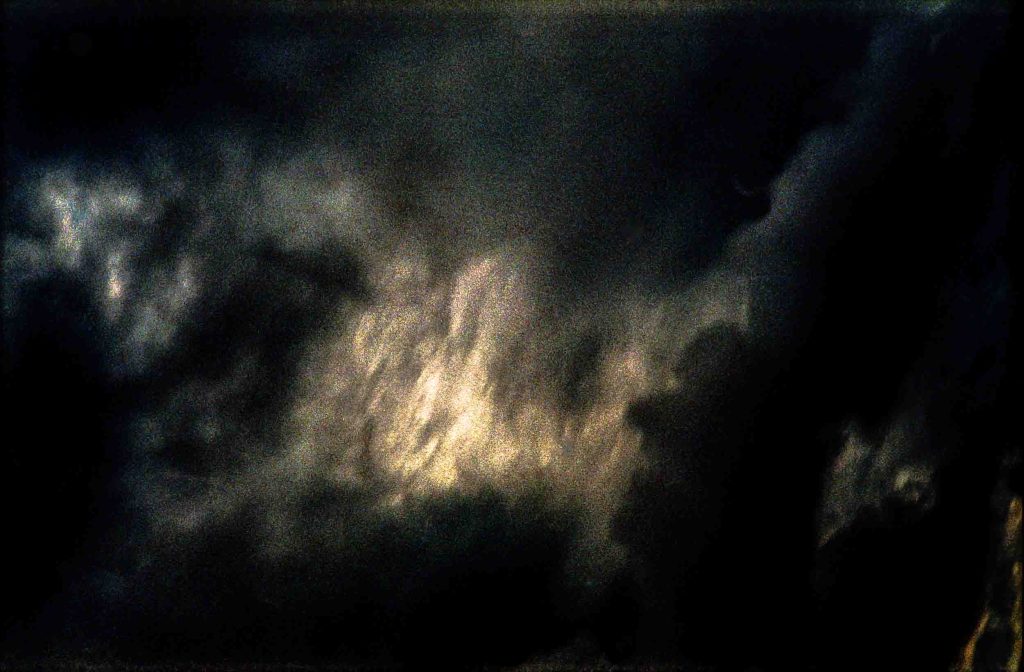The fragmentary projects in Series 11 are informed by the early German Romanticism’s (Frühromantik) or Jena Romantic’s conception of the autonomous art work. This is one situated within particular historical and institutional conditions, is informed by philosophy, and is in the state of becoming. (Athenaeum, fragment 116).
Art both includes philosophy – through the philosophical character of the criticism which ‘completes’ an artwork – and constitutes it, as one of the ‘two conflicting forces’ of which philosophy is the ‘result’: ‘poetry and practice’.(Athenaeum, fragment 304).
Series 11 is informed by Friedrich Schlegel’s concept of irony in relation to an art that is self-aware of itself — the self-referentiality of modern art. Irony is based on the contradiction of two thoughts as a sine qua non condition for the constant process of reflection — the continual self-creating interchange of two conflicting thoughts. (Athenaeum, fragment 121). This creates a state of suspense.
Schlegel’s Romantic irony is not concerned with the either/or of classical irony rather, it deals with the reconciliation of opposites: both/and. Hence the idea of flagrant contrasts eg., high style and low style and various kinds of contradictions and incongruities such as a clash of two contrasting meanings as in the juxtaposing of contrasting items in surrealism.
Such a work of art suggests multiple interpretations and whose irony prevents the audience from declaring any one interpretation as final.





